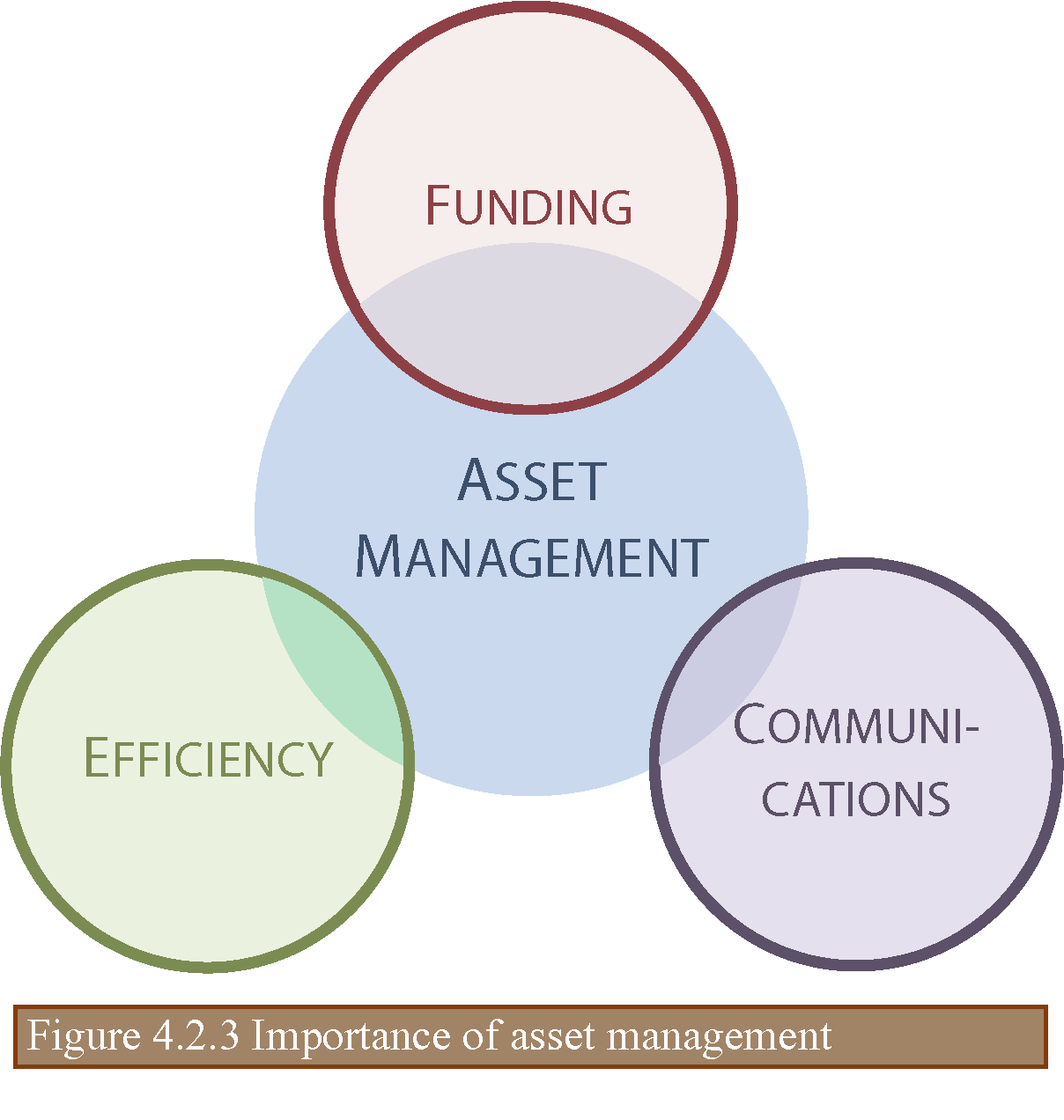
Asset Management Manual
A guide for practitioners!

Asset Management Manual
A guide for practitioners!
For organizations just initiating an asset management framework, it is common to operate in silos. Efforts need to be in place to establish clear agency goals as well as an asset management group that focuses on how to implement asset management in the organization.
Organizations that are more mature in implementing asset management address one of the key challenges: the introduction of a holistic approach to the delivery of services that removes organizational silos and promotes integration of processes, information, and systems. Introducing this holistic approach leads to a more efficient way of working by removing duplicate and redundant processes and by service-wide decision-making, but it also requires changes to the working culture to engender greater cooperation and flexibility among staff.
To ensure the successful adoption of asset management, the asset management group needs to be proactive in informing other staff and also involve others in the process. The asset management group is established to produce, manage, or steer the development of the AMP and to steer or manage implementation.
The leader of the group conveys the goals and the importance of implementing an asset management framework in the organization. Senior management needs to be involved at key points, needs to fully support the process, and needs to be keen to see the benefits that will be realized.
A program of training and education in good asset management practices needs to be established. This includes allowing staff to be available for training and education in asset and infrastructure management as part of their professional development, and seminars to inform a wider range of participants, including interested external parties, about asset management and about the organization’s progress and intentions.
It is intended that the AMP, as it develops, will be a key reference document to all of those involved in management of service delivery on the road network. The AMP needs to be available internally and externally.
Asset management enables the following (as illustrated conceptually in Figure 4.2.3):
